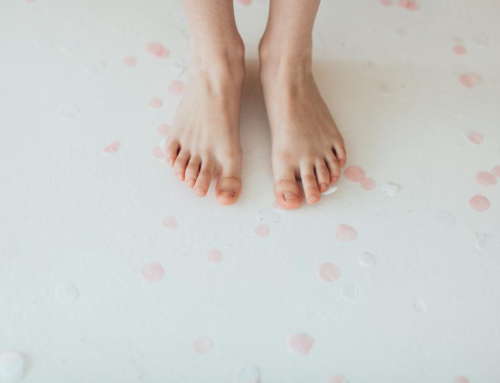Chemical burns from DIYs are very serious. They develop when chemicals are misused or come into contact with the skin. These burns develop as a result of corrosive, dangerous chemicals coming into contact with the surface of the skin. Sometimes, they can even result as a side effect of attempts to treat another medical condition like toenail fungus. DIY treatments for toenail fungus are normally ineffective because they lack properly researched medication for the fungus itself.
While they are usually ineffective, there are a few of these treatments that are also very unsafe for the toe and nail itself. Some internet sites recommend using bleach on the surface of the toenail to attempt and cure toenail fungus.
Unsafe DIYs
Chemical burns from this type of treatment occur because of the harshness of the bleaching chemical itself. The chemical is this harsh for a reason; it needs to be able to effectively dissolve dirt, grime, and bacteria that are present on surfaces like tiles in bathrooms. It is good for this purpose because surfaces like tiles are resistant to the damaging effects of the chemical. However, the human body is different.
These burns from bleach can vary in their severity. Also, the less diluted the bleach solution is, the worse the chemical burn will be. If you have applied bleach to your skin for any reason, you should immediately rinse it off with water for at least 5 minutes. After rinsing for this period of time, you should wash the area thoroughly with soap and water.
Chemical Burns
To assess the chemical burns, take note of how your skin looks. If your skin is in a mild amount of pain but you don’t have any other symptoms of a severe chemical burn, you can simply wait to see if the condition progresses to something more serious. If the symptoms do not resolve themselves quickly, you should be seen by a medical professional.
Second-degree burns extend further into the surface of the skin and can cause blisters and swelling. These types of burns can cause scars and need to be treated by a medical professional immediately. Third-degree burns go through the skin and can even damage tissue and nerves underneath the skin. They may cause the skin to turn black or white, and can even feel numb because of nerve damage.
How to treat chemical burns
Treating chemical burns can often be serious, and may involve IV fluids, antibiotics, physical therapy, and cosmetic surgery. To avoid chemical burns from DIYs developing in the first place, the best thing to do is not use bleach on your skin at all. Toenail fungus is often an embarrassing and frustrating condition to treat, but bleach should never be used. DIY bleaching of toenail fungus is much more likely to cause harm than to do any good.
These infections are best treated by a licensed podiatrist, who are doctors that specialize in treating issues of the feet specifically. While a majority of treatments available for toenail fungus lack effectiveness or pose risks of danger, there are some options available that are effective and still safe.
Laser Treatment
The PinPointe Laser is an FDA-approved treatment for the fungus that only requires one session to eliminate fungus. To learn more about the PinPointe laser technology and schedule a free consultation with one of our podiatrists, visit our website here.



